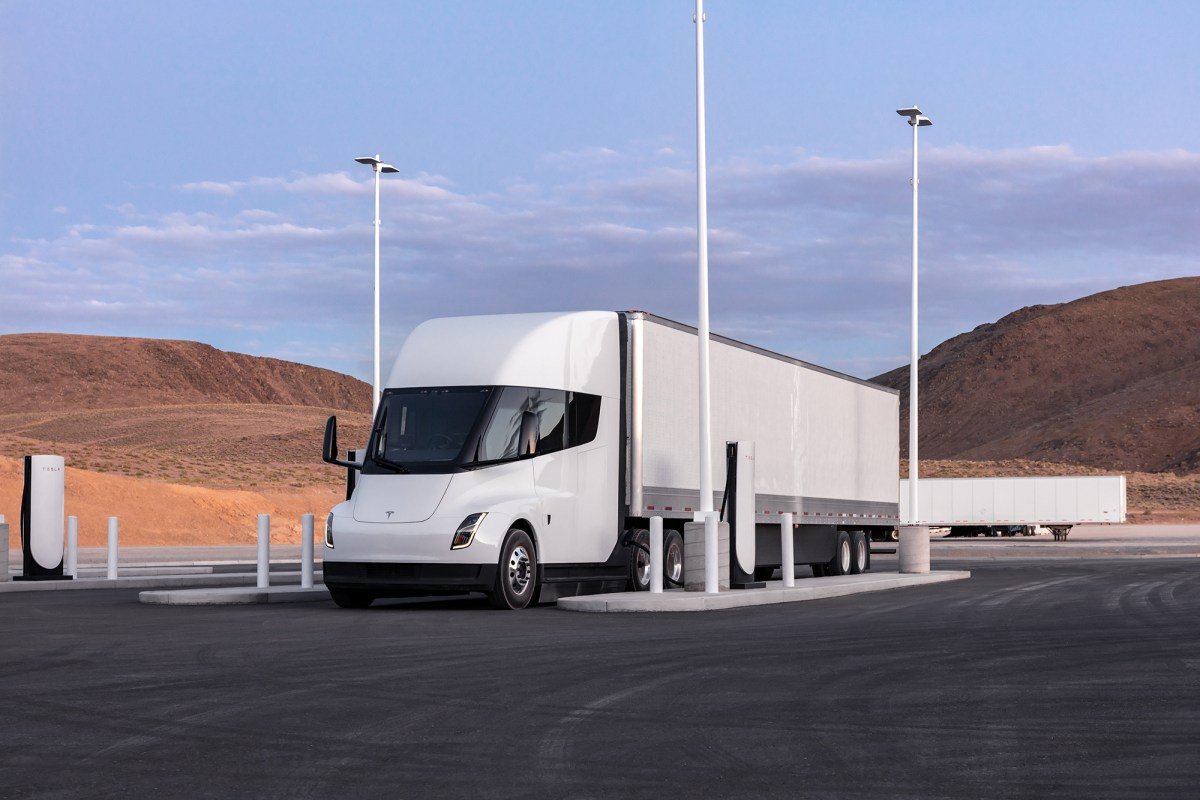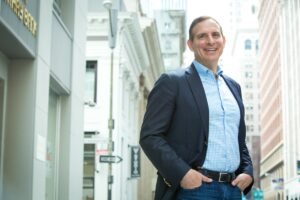Tech giant Tesla continues to pave the way for a greener future, as it moves forward with its ambitious plan to construct an electric big rig charging corridor stretching from Texas to California. This bold move comes despite being snubbed by a highly coveted federal funding program, which is a part of President Biden’s Bipartisan Infrastructure Law. However, there may still be changes in the original scope of the project, according to sources at TechCrunch.
The company had initially applied for a whopping $100 million from the government’s Charging and Fueling Infrastructure (CFI) Discretionary Grant program, administered by the Federal Highway Administration (FHWA). In addition to this, Tesla had also committed around $24 million of its own funds towards the project, with plans to construct nine electric semi-truck charging stations between Laredo, Texas and Fremont, California.
This proposed corridor would be a groundbreaking feat, creating a network of charging stations to support the long-distance and regional electric trucking industry. This would be a major step towards reducing emissions from the transportation sector, which is currently a major contributor to pollution. However, without the necessary funding, Tesla’s promise to electrify heavy-duty trucking may be delayed even further.
The project, named TESSERACT (Transport Electrification Supporting Semis Operating in Arizona, California, and Texas), was outlined in a 964-page filing with the South Coast Air Quality Management District. Collaboration with SCAQMD was a key factor in Tesla’s application.
Despite their efforts, Tesla was not among the 47 recipients announced by the Biden administration in January. This group collectively received a whopping $623 million in funding for electric vehicle charging and refueling stations nationwide. Interestingly, Tesla has procured around 13% of all other charging awards under the Infrastructure Act, but this has only amounted to approximately $17 million.
Rohan Patel, who recently resigned from his role as Tesla’s Vice President, expressed his optimism about future funding opportunities, such as state funding or later rounds of the CFI program. He mentioned that some sites along the route may still be viable without external funding.
The proposed 1,800-mile route would connect Tesla’s North American vehicle factories, as well as a planned (albeit delayed) plant in Mexico. Each of the nine stations was originally designed to feature eight 750kW chargers for Tesla Semis, with an additional four chargers open to other electric trucks. However, it is uncertain how effective the corridor would be if Tesla is unable to complete all nine stations, situated approximately equal distances apart along the route.
About half of the Biden administration’s choices for CFI funding were aimed at developing EV charging infrastructure in urban and rural communities, including high-use locations like schools, parks, libraries, and multi-family housing. The other half was dedicated to funding 11 corridor projects, including some along the same I-10 corridor that makes up part of Tesla’s proposed route. One example is the allocation of $70 million to the North Texas Council of Governments for the construction of up to five hydrogen fueling stations for medium and heavy-duty trucks in major Texas cities.
“This project will contribute to the creation of a hydrogen corridor connecting southern California to Texas,” stated the Department of Transportation back in January.
Patel believes that investing in hydrogen infrastructure is a waste of money, and stated as much in an interview with TechCrunch. Even before his recent departure, he expressed his disapproval of government funding being directed towards this type of infrastructure.
“Governments around the globe are throwing away tax dollars on hydrogen for light and heavy-duty infrastructure,” Patel wrote on X in February. “Like smoking, it’s never too late to quit.”
However, funding is not the only obstacle to the success of this project. Another major issue is Tesla’s recent restructuring. CEO Elon Musk has announced that the company is now entirely focused on developing self-driving technology, and has reportedly shelved plans for a low-cost EV in favor of prioritizing a purpose-built robotaxi. This decision has led to further delays in the release of the Semi, with Tesla having only produced around 100 units to date.
Despite these challenges, Tesla’s Semi program continues to gather momentum, with a new potential customer announced by head of the program Dan Priestly on social media just days after the restructuring. Additionally, Priestly revealed in March that Tesla is using the Semis to transport battery packs from Nevada to the Fremont factory.









Your point of view caught my eye and was very interesting. Thanks. I have a question for you.